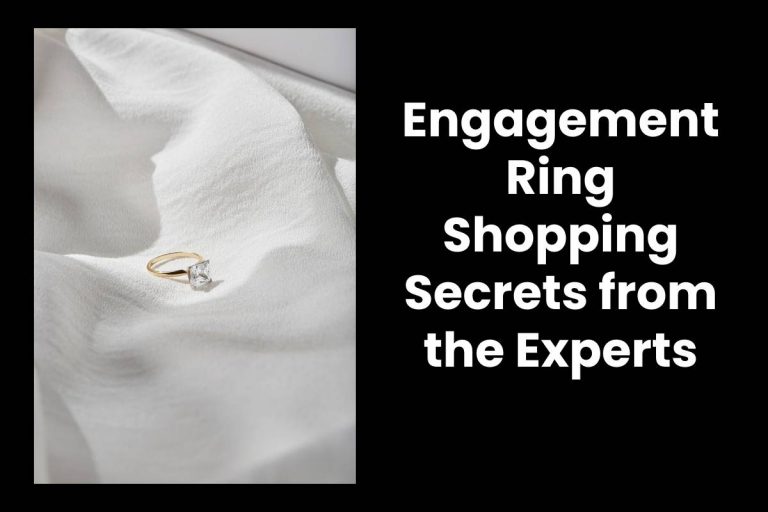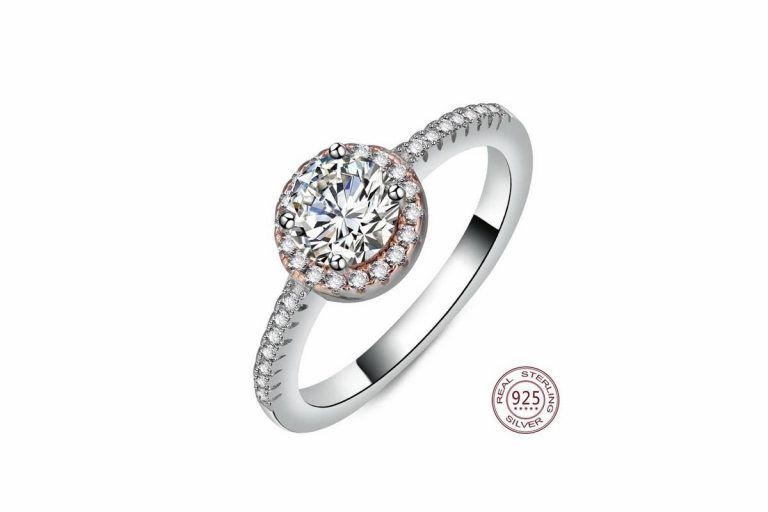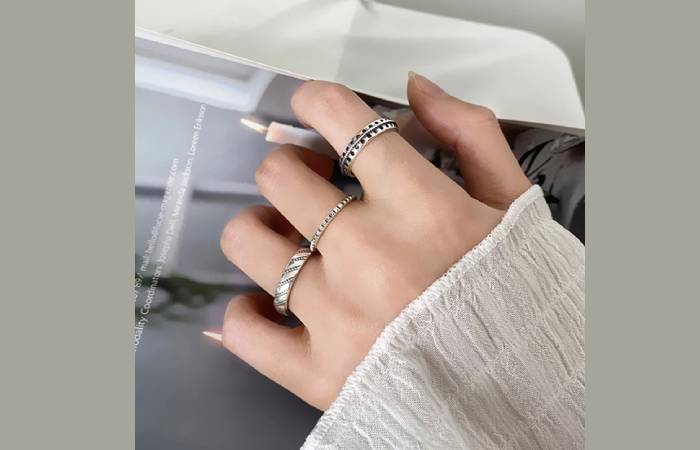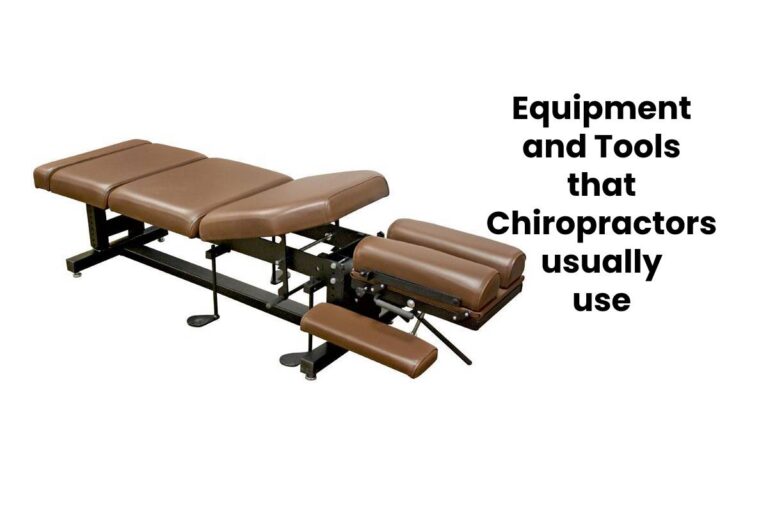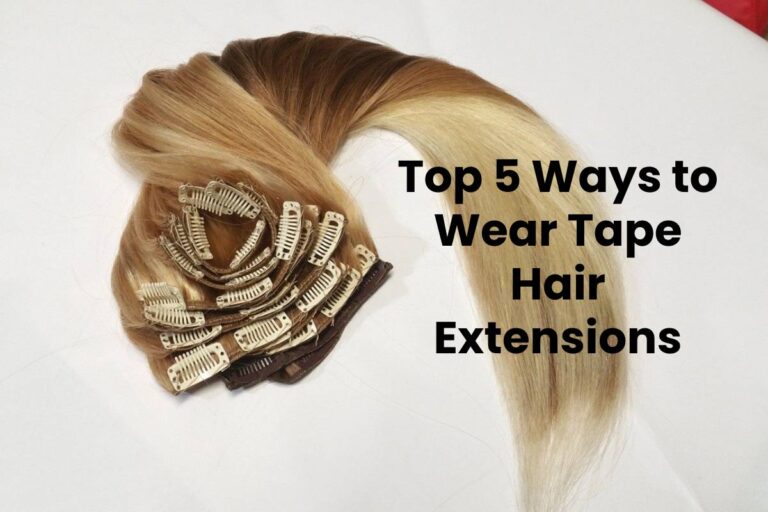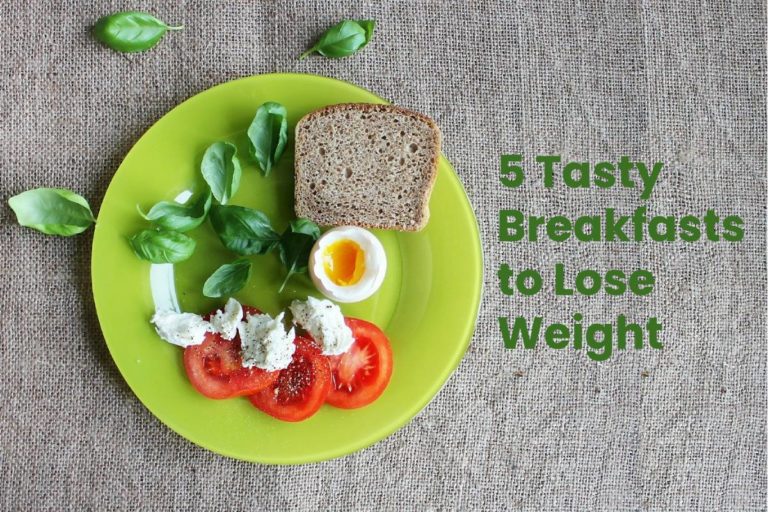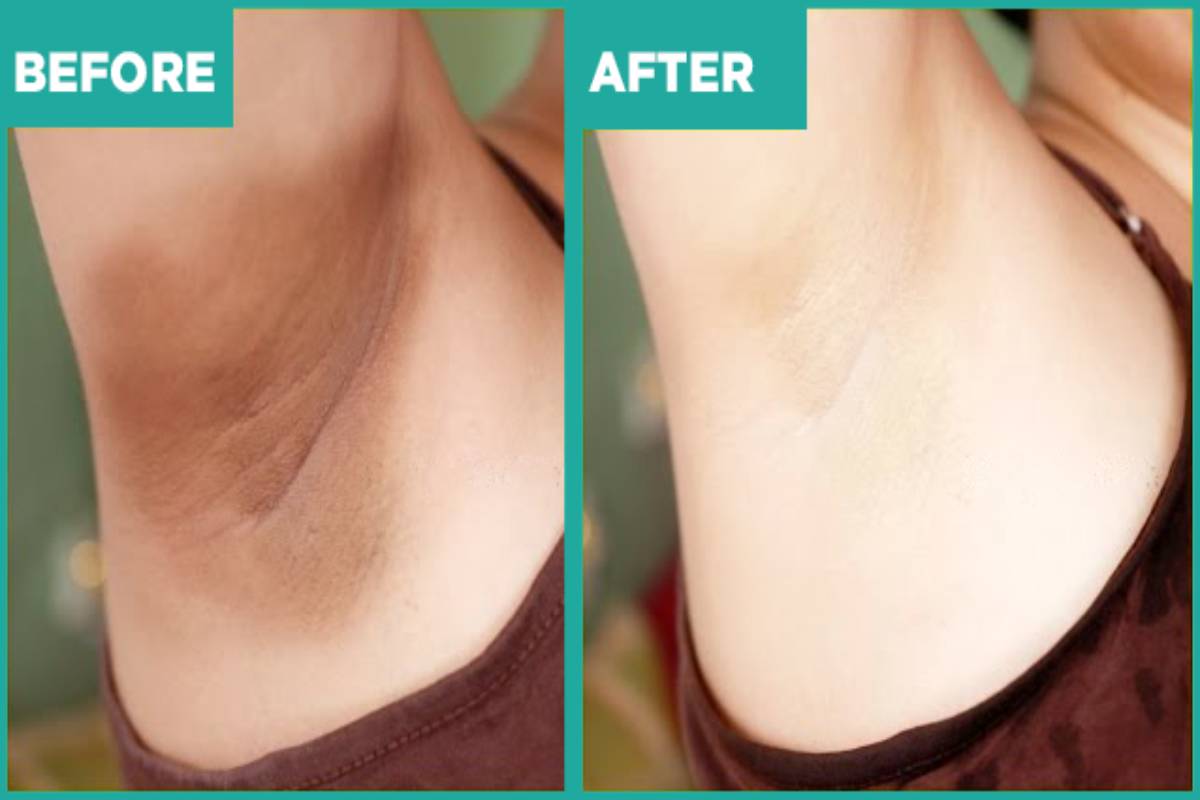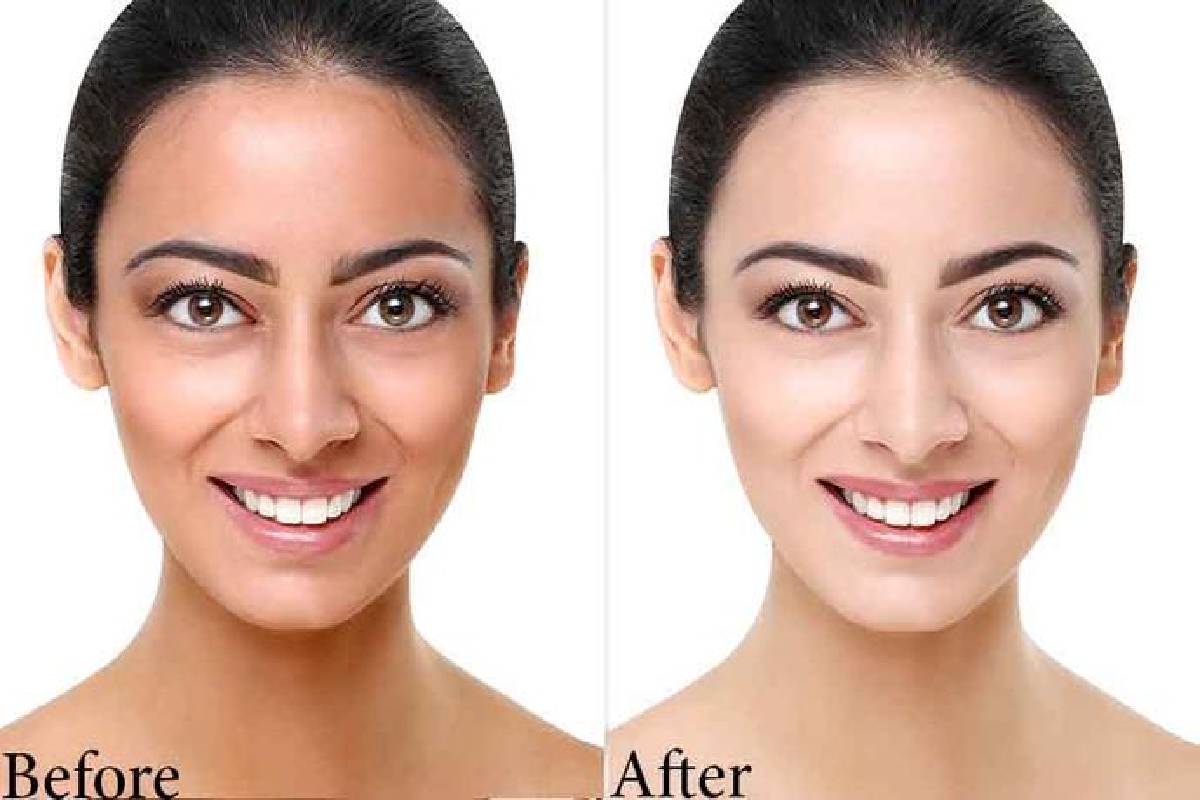Birds are flying south for the winter, your favorite coffee shop is busting out the pumpkin spice, and you’re waiting for the post-Halloween candy sales on Nov. 1. Know what else you should be doing as the seasons shift from summer’s warmth to fall’s crispness? It’s time for a wardrobe refresh to reflect the changing weather and trends.
One staple that remains timeless and versatile during this transition is the ballet flat. Among the plethora of choices available, Tieks ballet flats stand out for their exceptional quality, comfort, and style. Here’s a detailed review of why Tieks are the go-to choice for transitional ballet flats, focusing on the best colors to carry you through this seasonal change.
Comfort, Craftsmanship, and Color Options
Tieks are beloved for their unparalleled comfort, making them ideal for all-day wear. Each pair is crafted from the finest Italian leather, featuring a split-sole design that ensures flexibility and durability and cushioned backs that guarantee heel comfort. The non–skid rubber soles provide additional support and grip, perfect for navigating sun-soaked sidewalks and leaf-strewn paths.
The hand-stitched construction ensures that each pair of Tieks is made to last, providing a snug yet breathable fit that molds to your foot over time. This attention to detail doesn’t just enhance comfort; it also ensures that your Tieks will withstand the wear and tear of daily use, making them a worthy investment for any fashion-conscious individual.
When it comes to choosing the perfect color for your transitional ballet flats, Tieks offers a stunning array of options that effortlessly blend summer’s vibrancy with fall’s richer, more muted tones. Here are some standout choices:
Mustard Yellow: This bold, warm color is perfect for bridging the gap between seasons. It adds a pop of brightness to autumnal outfits while still resonating with the cheerful hues of summer.
California Navy: A timeless classic, navy blue pairs well with both light summer dresses and cozy fall layers. Its versatility makes it a must-have in any transitional wardrobe.
Rose Gold Glam: This metallic shade brings a touch of elegance to any outfit. Its warm undertones complement fall’s earthy palette, while its shimmer keeps the spirit of summer alive.
Olive: A quintessential fall color, olive green is stylish and practical. It pairs beautifully with neutrals and more vibrant shades, making it a versatile addition to your shoe collection.
Burgundy: Deep and rich, burgundy is perfect for adding a touch of sophistication to your look. It transitions seamlessly from summer evenings to brisk fall days, offering a bold yet classic option.
Seasonal Styling Tips
Transitioning your wardrobe from summer to fall doesn’t have to be daunting. Here are some tips to seamlessly incorporate your Tieks into your seasonal outfits:
Layering Is Key: Pair your ballet flats with light summer dresses and throw on a cozy cardigan or denim jacket as the temperature drops. This not only keeps you warm, but also adds depth to your outfit.
Mix Textures: Combine the smooth, sleek look of your Tieks with textured fabrics like knits, suede, and leather. This contrast creates visual interest and ensures your outfit is seasonally appropriate.
Play With Colors: Don’t be afraid to experiment with color combinations. Pair Mustard Yellow Tieks with navy blue outfits for a striking contrast or opt for olive flats with rich burgundy pieces for a harmonious, autumnal look.
The Eco-Friendly Choice
In addition to their style and comfort, Tieks are an eco-conscious choice. The company is committed to sustainable practices, from sourcing high-quality materials to ensuring ethical manufacturing processes. By choosing Tieks, you’re investing in a stylish pair of shoes while also supporting a brand that values the environment.
Tieks ballet flats are the ultimate choice for transitioning from summer to fall. Their blend of comfort, craftsmanship, and style makes them a versatile addition to any wardrobe. With a wide range of colors that perfectly capture the essence of both seasons, you’re sure to find a pair that fits your style and needs. Whether you’re dressing up for a night out or keeping it casual for a day in the park, Tieks ballet flats offer the perfect balance of elegance and practicality.
Invest in a pair of Tieks today and experience the seamless transition of style and comfort as you move from summer’s warmth to fall’s breezy embrace.


